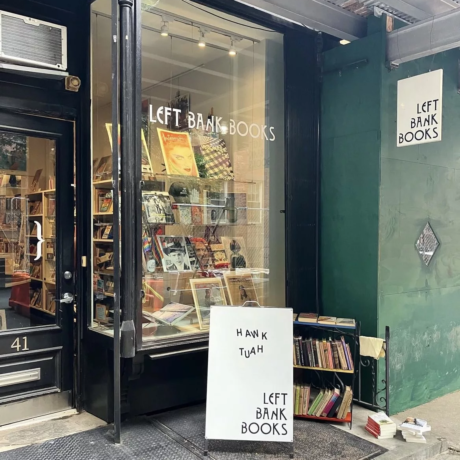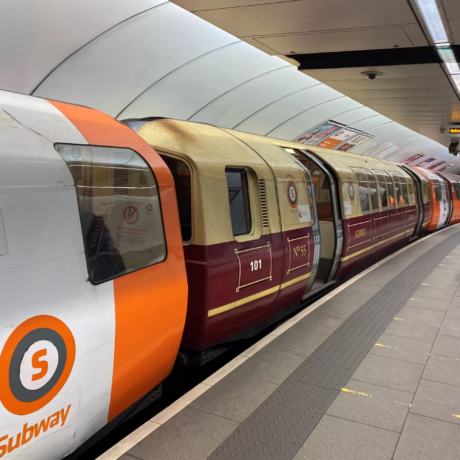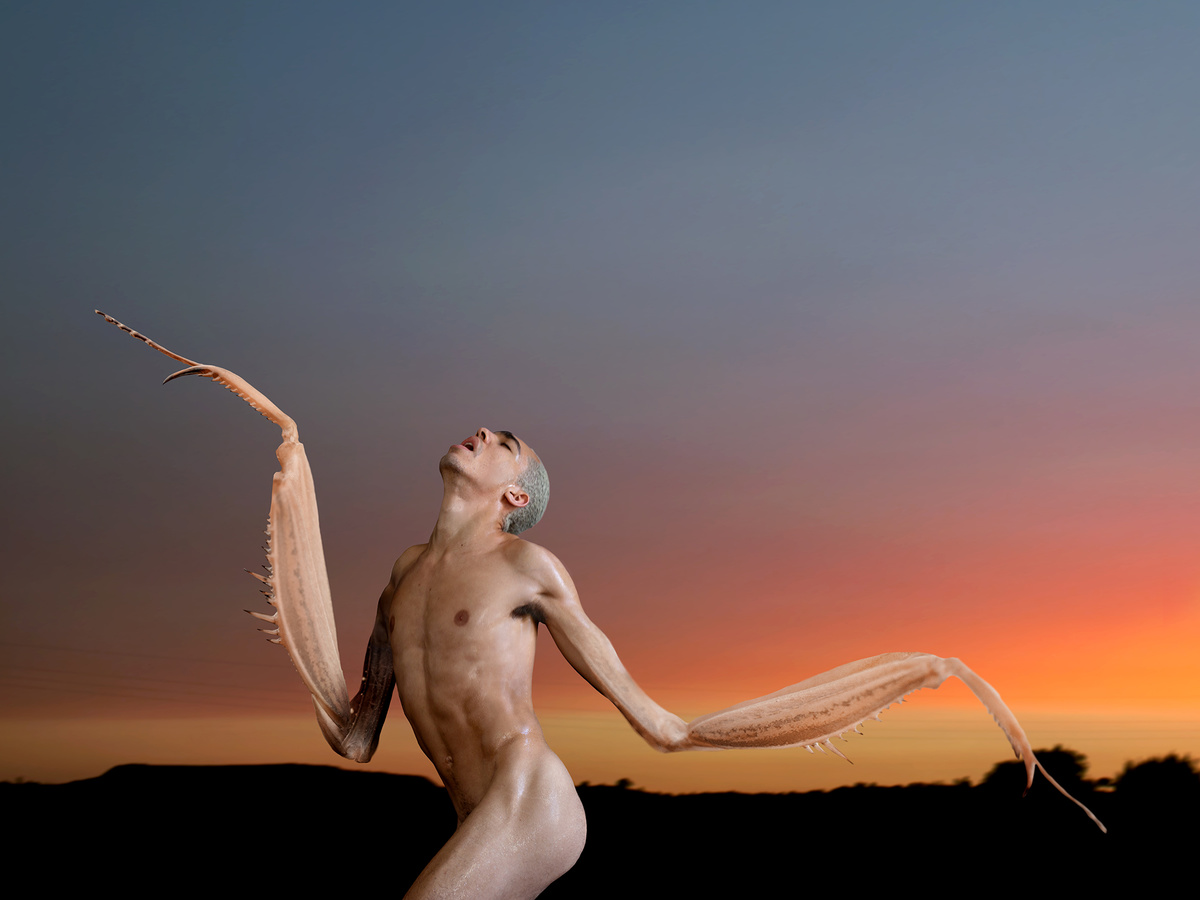
Photography: David Uzochukwu
Visual artist David Uzochukwu lives and works in Berlin, though he grew up in Austria, Luxembourg, and Belgium. At twenty-one, he’s entirely self-taught, and began contributing to magazines like Wonderland and Hunger while still attending high school. Uzochukwu has gone on to create campaigns for clients including Iris van Herpen and Dior, and worked with artists like FKA Twigs and Pharrell. His photography combines post-production with portraiture, and his images often focus on bodies blending into nature with a surrealist edge. His observations on race and migration are striking and powerful, and his experiences of everyday racial bias from his Austrian and Nigerian heritage are explored in unexpected ways. Last year, Uzochukwu was the youngest artist to exhibit at Unseen Amsterdam. (Rebecca Fulleylove)
View this post on Instagram
Drawing: Aya Brown
During the global Coronavirus crisis, those working on the frontline have been honoured: bus drivers, supermarket cashiers, carers and medical staff have all been rightfully applauded. This month’s British Vogue features a Transport for London train driver, an NHS nurse and a supermarket assistant on its cover—a first in the magazine’s history. Brooklyn-based artist Aya Brown focuses on documenting unseen people in her work, creating drawings of friends and loved ones in the queer Black community. Lately, she has been drawing those who face the reality of being an essential worker during a pandemic. She posts the results to her Instagram page, where she has received growing attention for her careful and respectful portrayal of those risking their lives to serve the public. (Louise Benson)
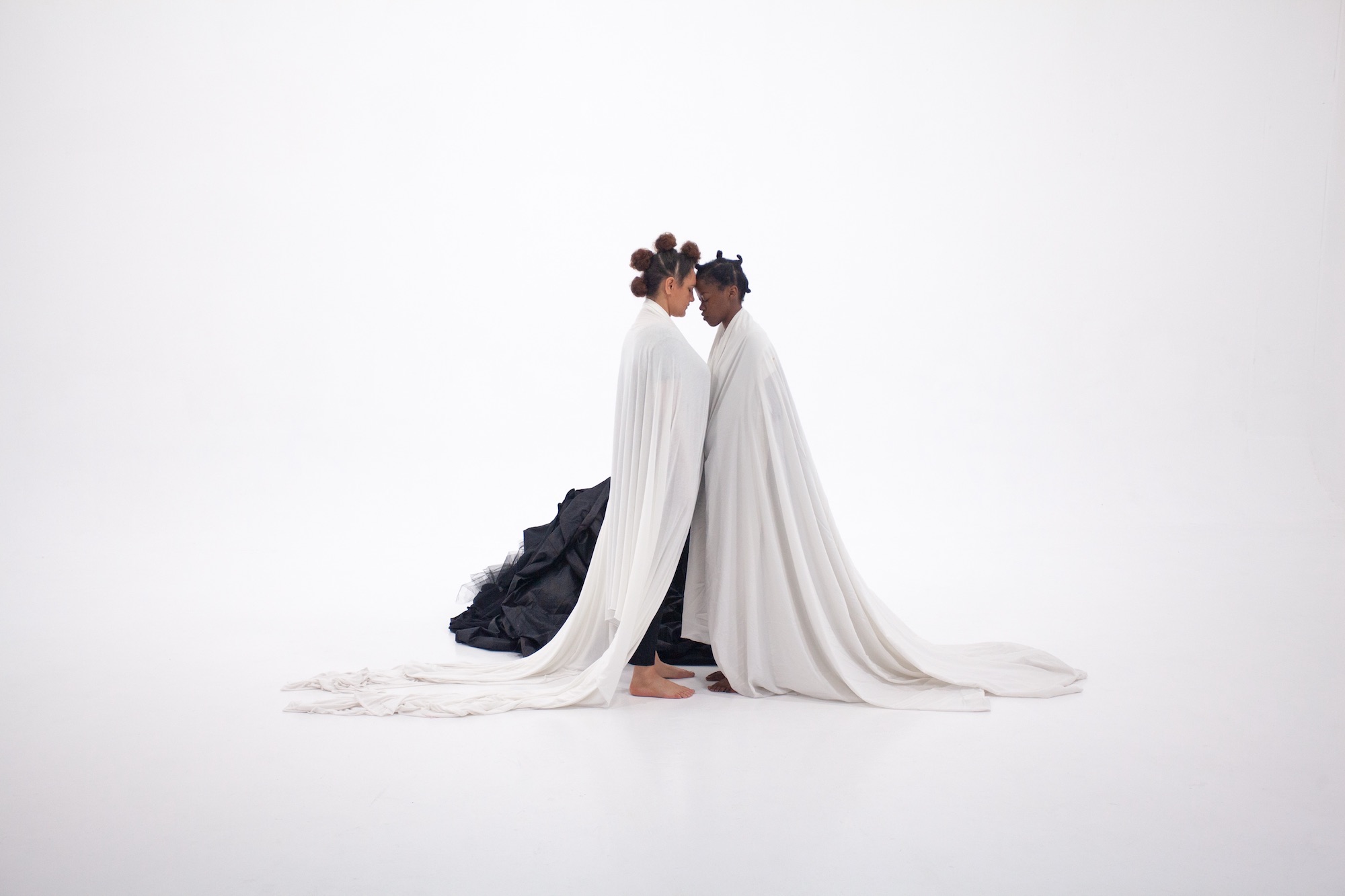
Grada Kilomba, Heroines, Birds and Monsters series, 2020
Film: Grada Kilomba
Goodman Gallery is currently showing Heroines, Birds and Monsters by Grada Kilomba on its digital platform, bringing together images, sound and the final instalment of her film trilogy, A World of Illusions. The work explores the way in which history is written, who is forefronted, and who is left out. The poetic text, spoken by Kilomba to narrate the hour-long film, explores the impact of erasure, speaking of spirits doomed to wander, “because their stories have not been told”, and histories haunted by cyclical violence. She draws on the tale of Antigone and Ismene, which features the denied burial of Polyneices and the subsequent horror caused by this. Kilomba makes impactful use of a sparse set with dance, and swathes of red, black and white fabric. You can view the full video at goodman-gallery.art. (Emily Steer)
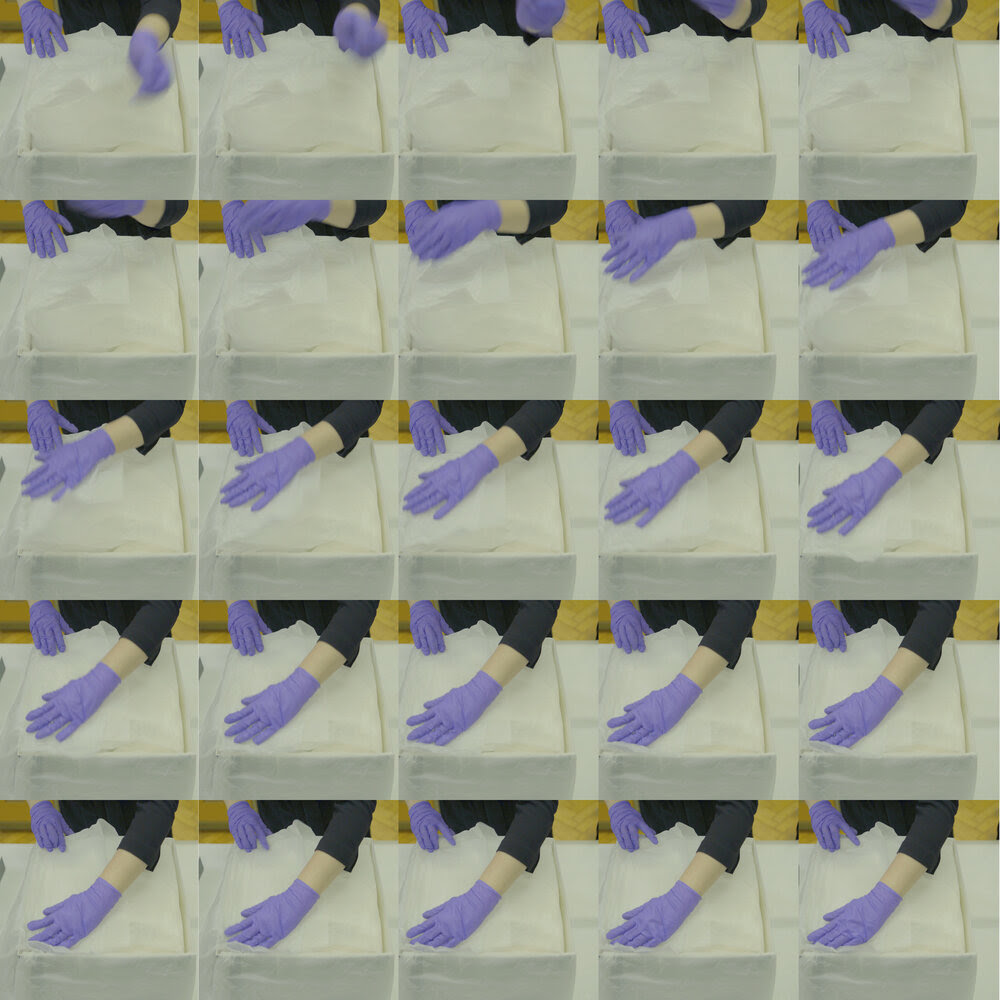
Sound & Performance: Julie Rose Bower
Julie Rose Bower is a sound designer and performance-maker working across installation, video and theatre pieces; often using Foley sounds, loops, sampling and movement, frequently investigating feminist themes. This month Bower’s V&A-commissioned ASMR pieces launched online, in which she used pieces from the institution’s Theatre & Performance collection (such as Charlie Chaplin’s bowler hat) to create ASMR videos that make these usually silent pieces into auditory experiences as they’re unpacked from storage, working with sound designer Rob Hart. Previous projects include pubic project Joe Meek – 304 Holloway Road, a public series of installations and performances celebrating the life of the music producer commissioned as part of the artworks marking fifty years since the partial decriminalisation of male homosexuality in England and Wales. (Emily Gosling)
View this post on Instagram
Literature/Poetry: Sparkle Nation
Sparkle Nation consists of artists and writers Gabrielle Rucker, Diamond Stingily and Precious Okoyomon, and is an experimental reading group operating on and offline via radio broadcasts, community-led readings and discussions. They also work with NYC-based art after school programme Wide Rainbow, running kids writing workshops and curating small, public libraries for adults, teens and children. Their soothing but challenging podcast Silent Reading Hour airs on Montez Press Radio once a month, and is an opportunity to slow down and just listen. Their most recent episode flowed dreamlike between readings by poet and activist Pat Parker, music by Rexy, performances by Jayne Cortez and a dizzying reading by Trisha Low from her book, The Compleat Purge. Sparkle Nation explain that their purpose is “to directly challenge traditional academic notions of how to properly obtain, share and utilize knowledge.” (Rosalind Duguid)
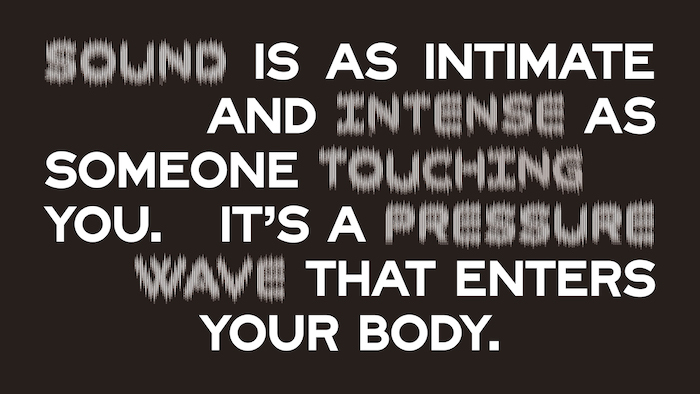
Graphic Design: Tre Seals
Tré Seals is the founder of his Maryland-based eponymous studio; but his primary focus is vocal type—a type foundry that looks to address the fact that “only 3 to 3.5 per cent of all practicing designers in America are Black”. He addresses this lack of diversity not just by highlighting it, but through creating typefaces that are directly rooted in Black design history. “I decided to find a way to increase diversity and empathy in the design industry. I knew I couldn’t just change the demographics or the education system. So I tried to figure out a way to introduce a non-stereotypical piece of minority culture into the design itself, starting with the basis of any good design—typography,” says Seals. (Emily Gosling)
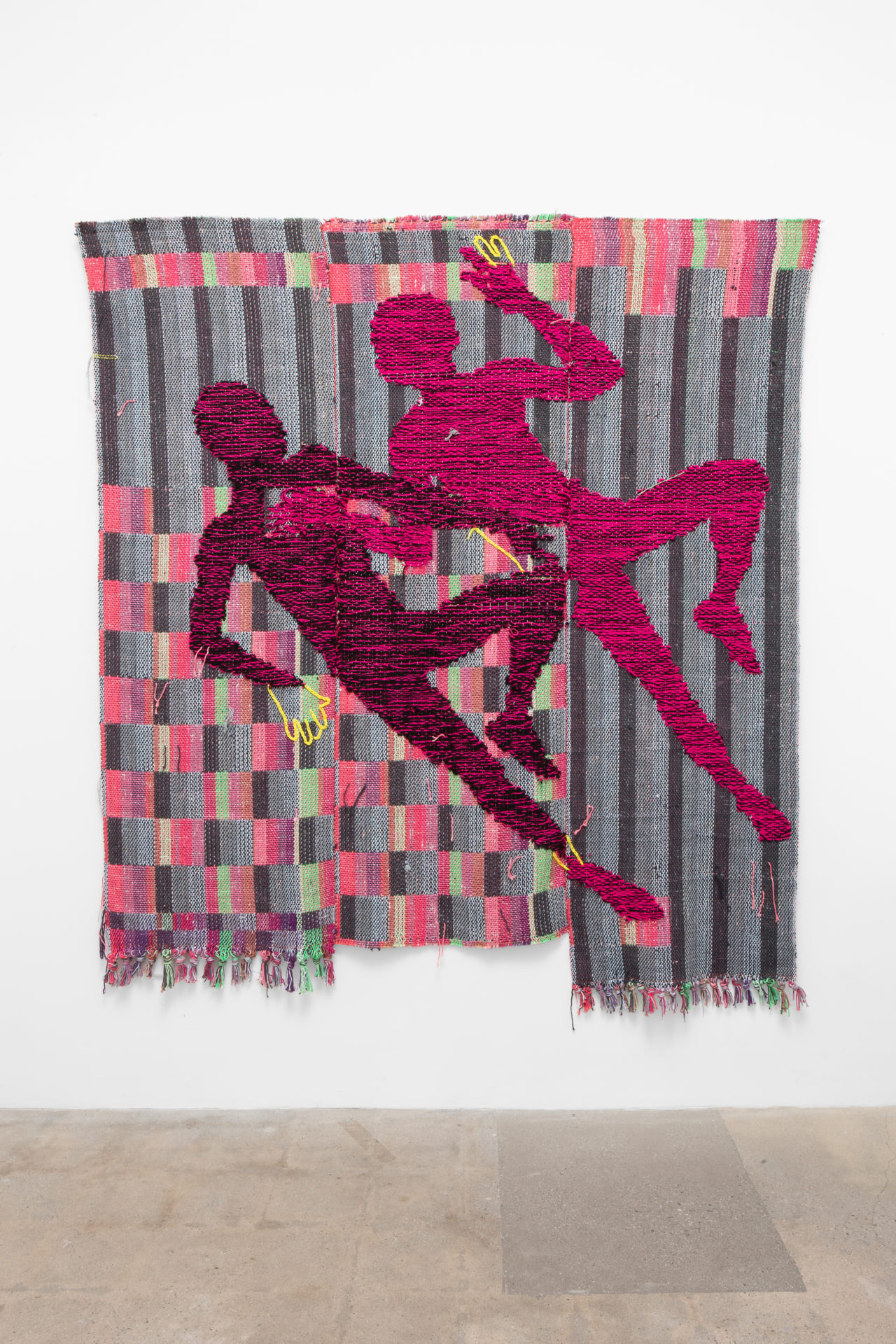
Textiles: Diedrick Brackens
Los Angeles-based artist Diedrick Brackens has become known for his woven tapestries that explore the narratives in his own life, as well as broader themes such as African American and queer identity, and American history. Inspired by techniques from West African, American, and European textiles, Brackens creates both abstract and figurative works, often depicting male silhouettes in a magical realist style. The weavings are vibrant yet offset by more neutral tones and this is through the artist’s use of both commercial dyes and pigments derived from everyday items such as wine, tea and bleach. Brackens’ work is currently on show at Various Small Fires in Seoul, as part of the group exhibition, Next of Kin, a show about family. (Rebecca Fulleylove)

Multi-Media: Tavares Strachan
“If we are truly in this together, my question is, what’s the importance of the phrase? Why is it necessary?” Tavares Strachan’s long-running, collaborative project Together explores a sentence previously used by both Bernie Sanders and Donald Trump, and delves into the vastly different meanings and purpose of “We are in this together”. The artist, currently based between New York City and Nassau, uses the text in a “cinematic” way, shown in lights at an enormous scale in Telluride, Colorado. “I was interested in shedding light on local issues around housing, climate, food, education, and immigration,” he says. “It is about coming together to research and address some of these questions at a local level that resonates more broadly in our current climate.” You can currently learn more about the project in Marian Goodman’s online viewing rooms, and Strachan will present a show at the gallery in September. (Emily Steer)
View this post on Instagram
Digital: Rafia Satana
“It’s all labor. It’s all art. It’s all survival.” Rafia Satana is an artist who breaks down the boundaries between the online and the real world, art and activism. Her work rethinks internet and selfie culture in pink-and-purple-infused GIFs and surreal self-portraits that make you look twice. Last year, she could be seen on a multi-billboard installation in Times Square, with an animated video piece titled Dizzilusions, while she has also released an EP under the same name. Alongside her work as an artist, she runs the #PAYBLACKTiME initiative, which acts as a “white-money transference system that provides free meals via Seamless/GrubHub to Black + Brown folx across the North Americas.” White people would send money to RaFia, who would then order food for non-white people using online meal delivery services. Within three months, she was able to transfer over $6,000 in donations into meals purchased. (Louise Benson)

Sculpture: Raque Ford
In Raque Ford’s work, the crispness of super glossy plexiglass is punctuated with dull metal and chains, and hand-written messages that could have been scrawled in a school textbook or a secret diary. Often held together precariously with ropes and zip ties, her installations tread a line between tension and slack, fragility and strength. Sometimes the messages read like tiny secrets, but as with her 2019 show 6 Obsessions at 321 gallery, they unfurl across the gallery walls and fill up the space like a strong emotion. (Rosalind Duguid)



